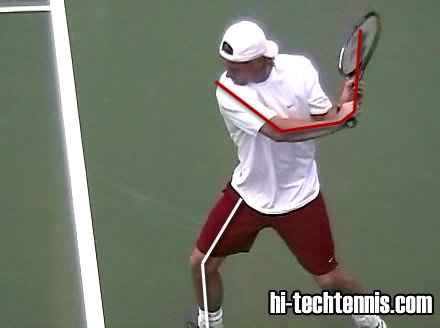It sounds like it could be chondromalacia patella, although there are other possibilities:
Here is what the Mayo Clinic has to say about chondromalicia patella:
"The cartilage under your kneecap (patella) is a natural shock absorber. Overuse, injury or other factors may lead to a condition known as chondromalacia patella — a general term indicating damage to the cartilage under your kneecap. A more accurate term for chondromalacia patella is patellofemoral pain syndrome.
The most common symptom is knee pain that increases when you walk up or down stairs. Simple treatments — such as rest and ice — often help, but sometimes physical therapy or even surgery is needed to ease patellofemoral pain.
Symptoms:
Patellofemoral pain syndrome usually causes a dull, aching pain in the front of your knee. This pain can be aggravated when you:
Walk up or down stairs
Kneel or squat
Sit with a bent knee for long periods of time
You may also experience a grating or grinding sensation when you extend your knee.
Causes
Doctors aren't certain what actually causes patellofemoral pain syndrome, but it's been associated with:
Overuse. Repetitive stress on your knee joint — such as that sustained during running or jumping sports — may result in patellofemoral pain.
Misaligned bones. Patellofemoral pain can occur if the bones in your knee or foot aren't aligned properly.
Injury. Trauma to the kneecap, such as a dislocation or fracture, has been linked to patellofemoral pain syndrome.
Treatments and drugs
Treatment of patellofemoral pain often begins with simple measures. Rest your knee as much as possible. Avoid any activities that increase the pain, such as climbing stairs.
Medications
If needed, take pain relievers, such as acetaminophen (Tylenol, others) or nonsteroidal anti-inflammatory pain relievers, such as aspirin or ibuprofen (Advil, Motrin, others).
Therapy
A physical therapist may suggest:
Rehabilitation exercises. Specific exercises can strengthen the muscles that support your knees and control limb alignment, such as your quadriceps, hamstrings and the muscles around your hips (especially the hip abductors).
Supportive braces. Knee braces or arch supports may help protect your joint and improve the alignment of your kneecap.
Taping. Your physical therapist may show you how to tape your knee to reduce pain and enhance your ability to exercise.
Ice. Icing your knee after exercise may be especially helpful.
Knee-friendly sports. During your recovery, you may want to restrict your activities to more knee-friendly sports — such as bicycling and swimming."
-
http://www.mayoclinic.com/health/chondromalacia-patella/DS00777/DSECTION=treatments-and-drugs
From the symptoms, does it seem like this might be what you have?







